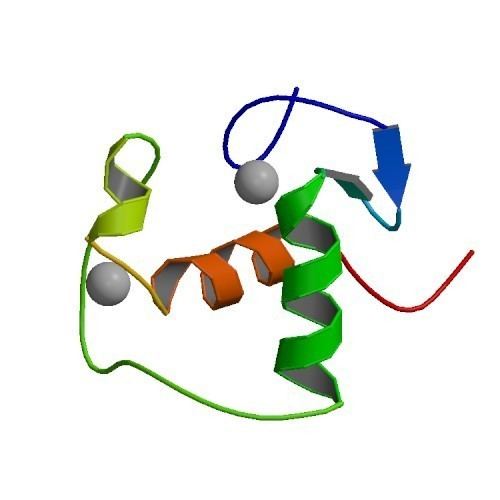Entrez 4306 | Ensembl ENSG00000151623 | |
 | ||
External IDs MGI: 99459 HomoloGene: 121495 GeneCards: NR3C2 | ||
The mineralocorticoid receptor (or MR, MLR, MCR), also known as the aldosterone receptor or nuclear receptor subfamily 3, group C, member 2, (NR3C2) is a protein that in humans is encoded by the NR3C2 gene that is located on chromosome 4q31.1-31.2.
Contents
MR is a receptor with equal affinity for mineralocorticoids and glucocorticoids. It belongs to the nuclear receptor family where the ligand diffuses into cells, interacts with the receptor and results in a signal transduction affecting specific gene expression in the nucleus.
Function
MR is expressed in many tissues, such as the kidney, colon, heart, central nervous system (hippocampus), brown adipose tissue and sweat glands. In epithelial tissues, its activation leads to the expression of proteins regulating ionic and water transports (mainly the epithelial sodium channel or ENaC, Na+/K+ pump, serum and glucocorticoid induced kinase or SGK1) resulting in the reabsorption of sodium, and as a consequence an increase in extracellular volume, increase in blood pressure, and an excretion of potassium to maintain a normal salt concentration in the body.
The receptor is activated by mineralocorticoids such as aldosterone and its precursor deoxycorticosterone as well as glucocorticoids, like cortisol. In intact animals, the mineralocorticoid receptor is "protected" from glucocorticoids by co-localization of an enzyme, Corticosteroid 11-beta-dehydrogenase isozyme 2 (a.k.a. 11β-hydroxysteroid dehydrogenase 2; 11β-HSD2), that converts cortisol to inactive cortisone. It also responds to some progestins. Spironolactone and eplerenone are steroidal MR antagonists of the spirolactone group.
Activation of the mineralocorticoid receptor, upon the binding of its ligand aldosterone, results in its translocation to the cell nucleus, homodimerization and binding to hormone response elements present in the promoter of some genes. This results in the complex recruitment of the transcriptional machinery and the transcription into mRNA of the DNA sequence of the activated genes.
Interactions
Mineralocorticoid receptor has been shown to interact with:
